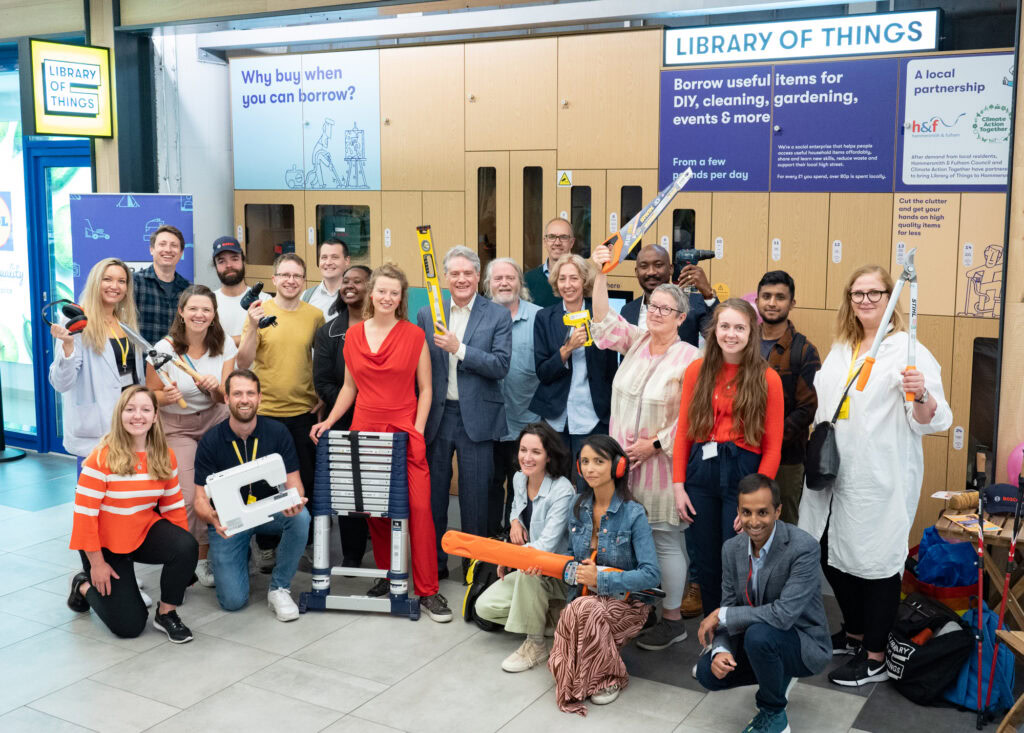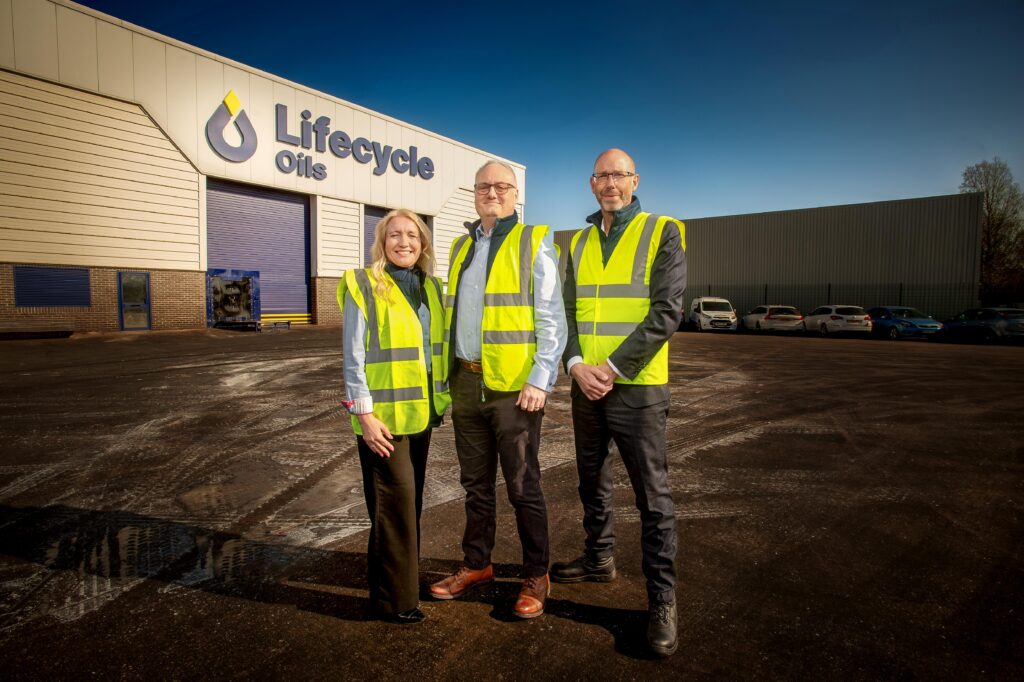The development was unveiled this week at the Transport Research Laboratory in Berkshire and is seen as unique within the vehicle sector, bringing with it a raft of environmental benefits. While the company has already developed a gas-powered engine for new vehicles – primarily aimed at local authorities where “quiet” and “clean” are the operational-watchwords – what makes this new initiative different is that it involves only used Scania 3-Series 4×2 tractor units and introduces the concept of recyclable components for commercial vehicles.
“Our programme has been designed with the environment firmly in mind – re-engineered Scania gas-powered engines exceed the proposed standards set for Euro V, scheduled to come into force in 2008,” comments Frank Andrew, Scania (Great Britain) Limited's director leading the project. “Natural Gas is the cleanest of the fossil fuels and, given its low cost and low fuel duty, is now widely accepted as providing a commercially realistic alternative to diesel.”
The concept revolves around re-engineering existing four or five year-old vehicles (pictured) to operate on either Compressed Natural Gas (CNG) or Liquified Natural Gas (LNG). Many of the new items being fitted have design-lives of up to 15 years, so these are being used with a view to their being recycled a further three of four times in the future – effectively reducing the proportion of material to be recycled when each vehicle comes to the end of its working life.
The CNG or LNG fuel will be supplied direct to operators' doors by Scania's partners in the project, Mobil CNG and BG Group. To make the system commercially viable, a fleet strength of 25 vehicles upwards will be required and, with a range of around 400 miles each, the trucks will need a usage-profile that sees them returning to base regularly for re-fuelling.








Subscribe for free